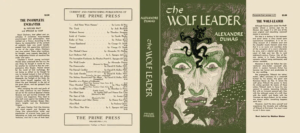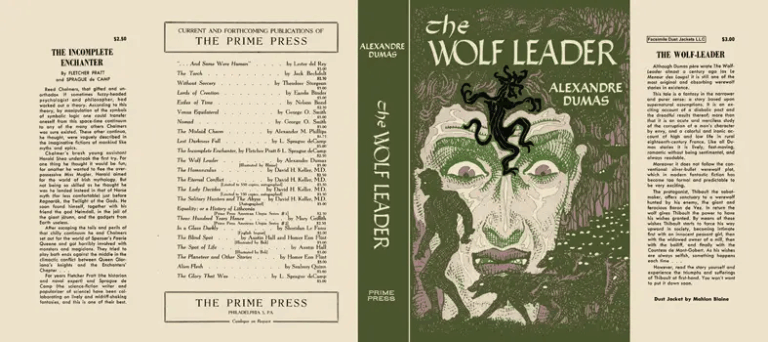Another recipe from Thomas Dawson’s The Good Huswifes Handmaide for the Kitchin (1594), gives us a nice easy pie that I’ll never be able to make. Maybe you’ll have better luck.
Beware: this recipe takes three days (which is why I cannot do it: I’ll do the first step and then forget all about it).
Ingredients
- The peels from 3 oranges;
- 600 grams of honey;
- 5 peeled apples;
- 170 grams of raw sugar (you won’t be using it all at the same time);
- ground cinnamon;
- ground ginger;
- 60 grams of butter;
- Pastry for the bottom and top of the pie (see separate ingredients if you want to make it yourself);
- 2 tablespoons of rosewater;
- clear water.
For the Pastry
- 200 grams of white flour;
- 80 grams of butter;
- 100 grams of sugar;
- from 1 to 3 eggs;
- a pinch of salt.
Recipe
Day 1
Peel the orange as thin as you can, removing as much of the white as possible: the more you’ll be able to do this, the less bitter your pie will taste. Take the peels and let them macerate in a bowl of water for around 8 hours. Overnight should do.
Day 2
Drain the orange peels, put them in a pan and add 600 grams of honey and half a litre of water, lit a soft flame underneath it and bring it to a slow boil. Reduce the flame, then, and leave it there for around 2 hours, stirring from time to time and checking the honey doesn’t turn to caramel. If needed, add more water. After it’s done, remove it from the fire and let it sit for another day.
Day 3
Slice the peeled apples and chop them in small cubes, mix them with 50 grams of sugar, 1 teaspoon of cinnamon and 1 teaspoon of ginger.
Drain the orange peels from their sugary water and, on the side from the apples, mix them with 100 grams of sugar, another teaspoon of cinnamon and another teaspoon of ground ginger.
If you’re doing the pastry yourself, now it’s the time: mix the flour and the sugar, place them in the form of a small volcano, and then add small pieces of butter, a pinch of salt and one egg. Start working them together and, if they mixture starts misbeheaving, remember the trick:
- wash your hands with very cold water: heat is your enemy when making this pastry;
- add another egg;
- as soon as it looks like it’s holding together, wrap it in cellophane foil and slap it into the fridge.
Lay the pastry and, if it’s not buttery enough already, put some curls of butter on the bottom, add a layer of apples and cover them with the orange peels, then another layer of apples and so on until you’re out of them. Cover the pie with slices of pastry, so that some of the apples are peeking out from the louvres.
Bake the pie for 50 minutes in a pre-heated oven that’s not too hot (180 °C should do).
Meanwhile, mix 4 tablespoons of sugar with the rosewater and, when the pie is almost done, take it out of the oven, brush the surface with its mixture, and put it back in.
Bake it for an additional 10 minutes.
Original Recipe
‘To make a tarte of apples and Orange peels. Take your oranges, and lay them in water a day and a night, then seethe them in fair water and honey. Let them seethe till they be soft. Then let them soak in the syrup a day and a night. Then take them forth and cut them small, and then make your tart and season your apples with sugar, cinnamon and ginger, and put in a piece of butter. Lay a course of apples, and between the same course of apples, a course of oranges, and so course by course. And season your oranges as you seasoned your apples, with somewhat more sugar, then lay on the lid and put it in the oven. When it is almost baked, take rosewater and sugar, and boil them together till it be somewhat thick, then take out the tart. Take a feather and spread the rosewater and sugar on the lid, and set it into the oven again, and let the sugar harden on the lid, and let it not burn.
Wich Oranges?
At this time, the only available oranges were Seville Oranges, very small and very bitter. Nowadays, they’re mostly used for marmalades. They originated in Southeast Asia and arrived in the Islamic world through India as early as 700 A.D. In the 10th Century, the Islamic domain brought these oranges to Spain and, from here, they were known to the rest of Europe.
The sweet orange is not a wild fruit: it was born from domestication and hybridisation of this orange with mandarins, probably due to Italian and Portuguese merchants.
What about Apples?
In early 1533, Anne Boleyn developed a craving for apples, as she was now pregnant with the future legendary Queen Elizabeth. She had been formally married to the King since January, 25th (though they allegedly married in secret on November, 14th 1532), and would be crowned Queen on June, 1st of the same year. Elizabeth would be born on September, 7th.
She would have enjoyed this tart.
Note: the picture in the header is from another recipe, Apple and Quince Pie, and you can see it on this website.







1 Comment
Pingback:#AdventCalendar Day 22: Seabass in Crust of Bread – Shelidon
Posted at 00:02h, 22 December[…] 4 small oranges (remember what we said about bitter oranges when we baked Anne Boleyn’s favourite pie); […]